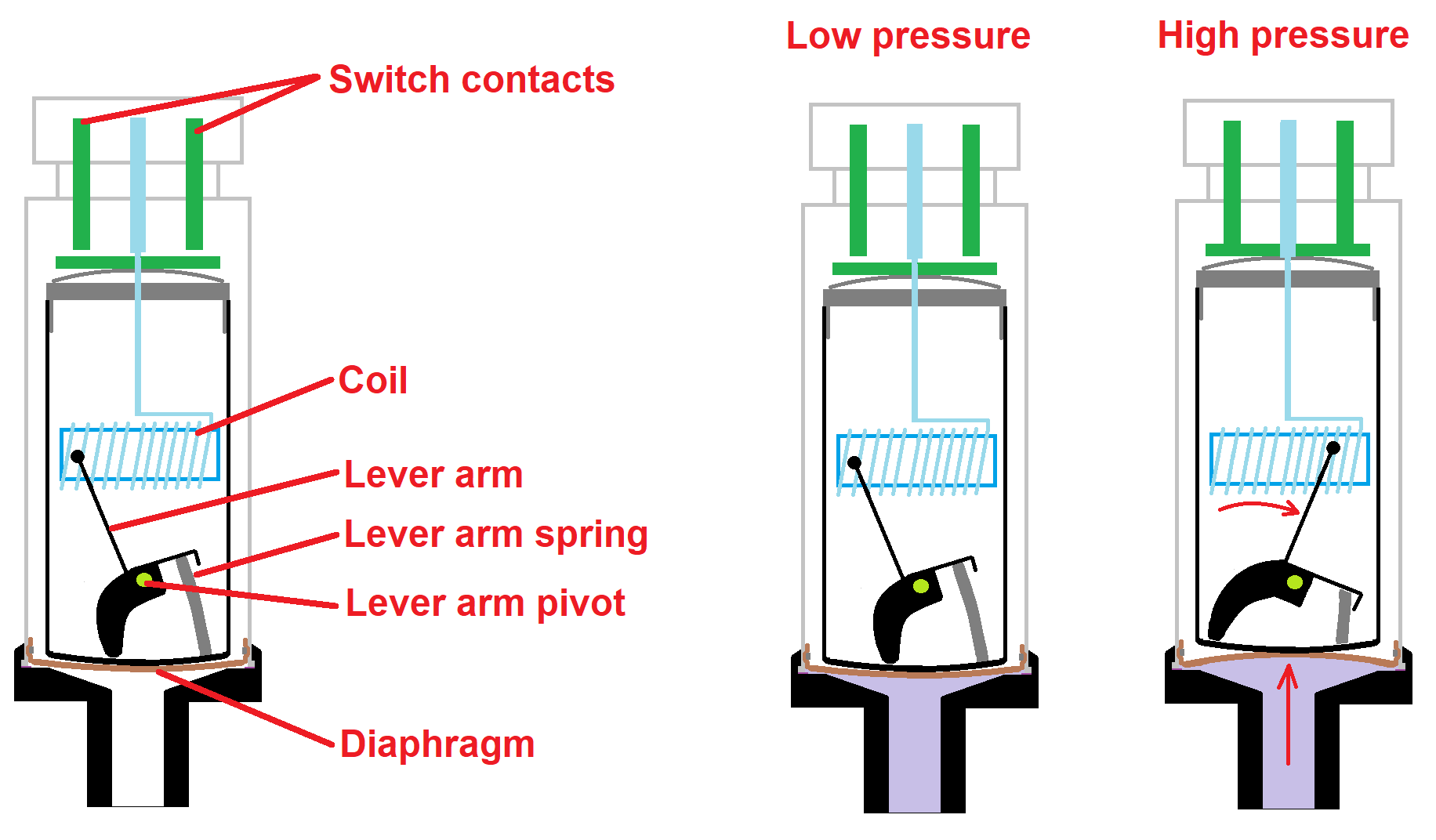Welcome to our knowledge base of totally random and probably obscure stuff relating to PS262 oil pressure senders!
We've recorded these notes and observations not only for ourselves (because we forget stuff over time), but also in case anyone else can find it useful. If you find something incorrect or wish to contribute something, just let us know
here.
Site design and copyright
Tradecraft Specialties, 2014 - 2025
